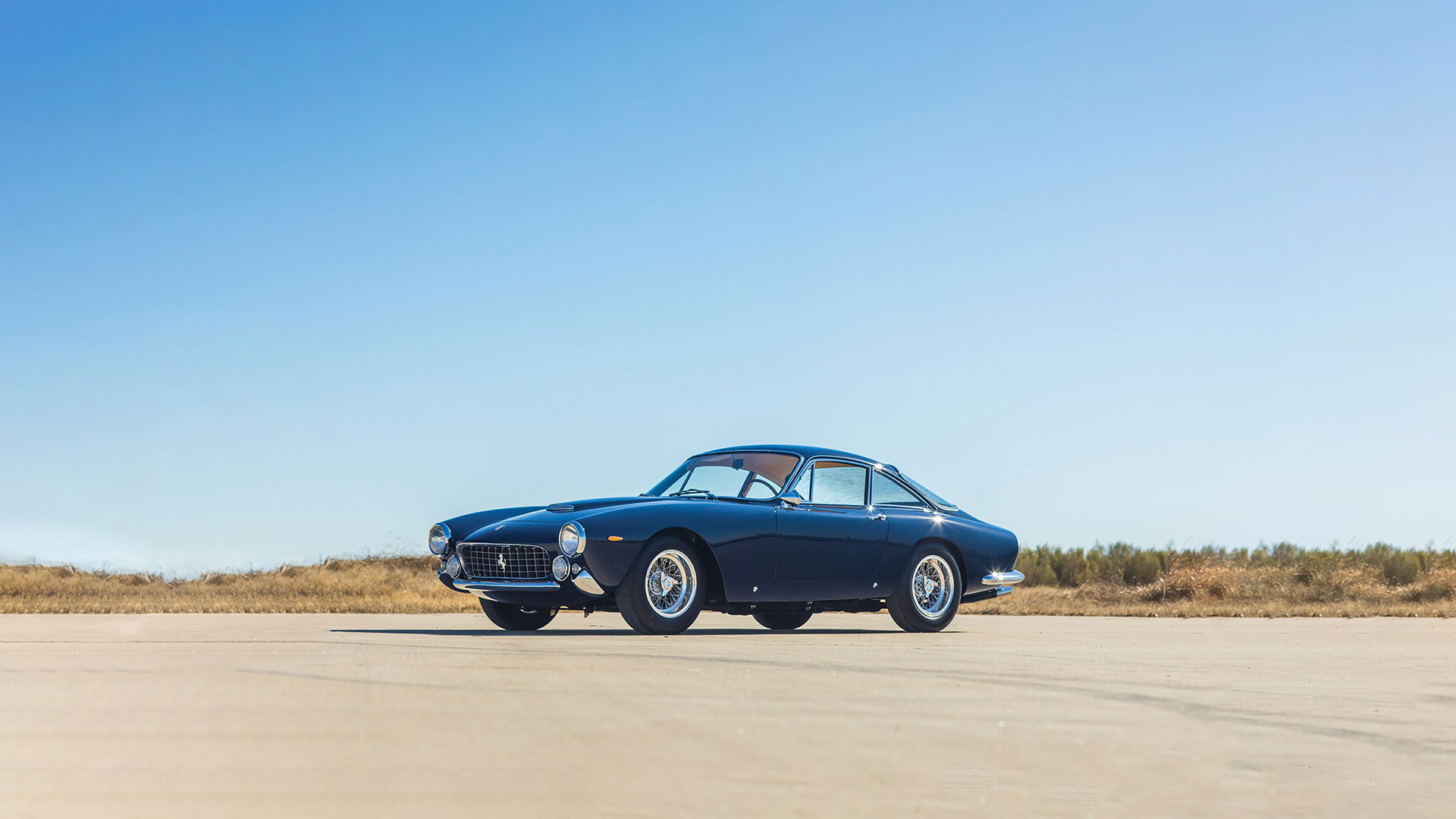{{ $t('Summary') }}
The Citroën Traction Avant was a very groundbreaking car, with four or six cylinder engines, produced by the French manufacturer Citroën from 1934 to 1957. Designed by André Lefèbvre and Flaminio Bertoni, approximately 760,000 units were produced. Although front-wheel drive, unibody construction and independent suspension were well established in the mass market a few years earlier, the Traction Avant was a pioneer. In addition, the car was also an early adopter of rack and pinion steering. Many of these "haute nouveauté" that were introduced were largely adopted by car manufacturers. Although the name of the car emphasized the power delivery of the front-wheel drive ("Traction Avant" literally means "traction at the front"), the car stood out at least as well with its much lower profile and stance - made possible by the absence of a separate chassis under the unitary body of the car, sharply distinguishing it visually from its contemporaries.

{{ $t('History') }}
In its 23 years of production, some notable modifications have been made to the Traction Avant. The spare wheel that disappeared under a boot lid in July 1952 is the most remarkable. The wipers were also moved to the bottom of the windscreen and the graceful 'mustaches' of the bumpers were straightened. The pre-war four-cylinder engine has two ventilation flaps on either side of the hood. This is different from the six-cylinder Tractions that were already equipped with the well-known standing slots from the start. But from 1947 all Tractions have such a hood.

{{ $t('Exterior') }}
The bodywork is in good to very good condition and original condition. There are no traces of accidents or damage. All panels fit together nicely. There is no corrosion rust. The inside of the hood shows some patina which is normal for a vehicle of this age.

{{ $t('History Paintwork') }}
Paintwork has been perfectly repainted in the original colour.
{{ $t('Interior') }}
The interior has also had to undergo many adjustments over time. The more comfortable 'pullman' seats were replaced by the metal tube front seats above the backrests. From the 1937 model year, the instrument panel, which was initially located in the center of the dashboard, moved to a more common place, under the steering wheel. The design and color of the panel have been alternately black, cream white and grey. Shifting was done in the dash, with the lever protruding through a vertical, H-shaped port. The result of this layout, along with hanging pedals, umbrella-like handbrake controls and front benches, was a very spacious interior, with a flat and unobstructed floor. The low-slung arrangement also eliminated the need for footboards to get in or out of the vehicle. Both the rear and front seats are without headrests, so you not only enjoy a panoramic view to the front, but the whole car feels more social and inclusive. These features made the Traction Avant ideal for use as limousines and taxis. Until 1953, black was the only available color.

{{ $t('Engine and Gearbox') }}
This car is equipped with the 11c engine variant. Has 4 cylinders and when it rolled out of the factory a power of 60 HP. The drive is via a 3-speed gearbox. Because of its front-wheel drive and relatively low seating position for its time, the car was known for being very stable on track. It was therefore often used in the criminal environment as a getaway car.

{{ $t('Maintenance info') }}
This car was last inspected on 30/11/2018.
{{ $t('Maintenance Documentation') }}
Both the inspection certificate, the Belgian registration certificate and the kilometer certificate (carpass) are present. Exhaust manifold, carburetion seals have also been recently replaced.
{{ $t('Known Issues') }}
Slight patina discolouration on the inside of the hood.
{{ $t('Non original parts') }}
All parts in this car are original.
{{ $t('What we should know') }}
This car can also occasionally be spotted on the big screen, including in The Sound of Music and the French films Army of Shadows and Diva.


